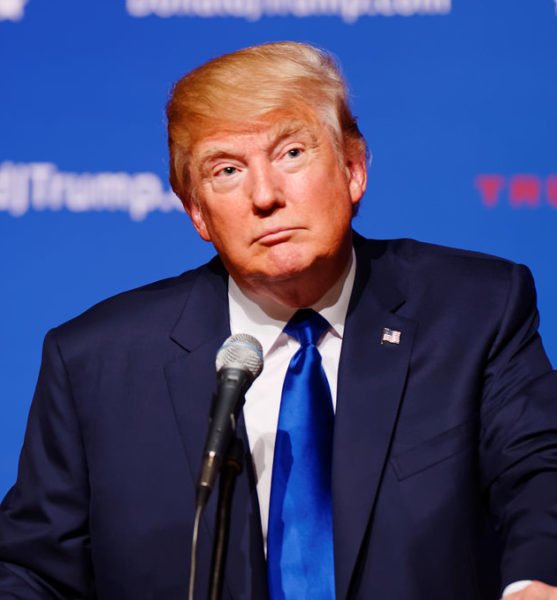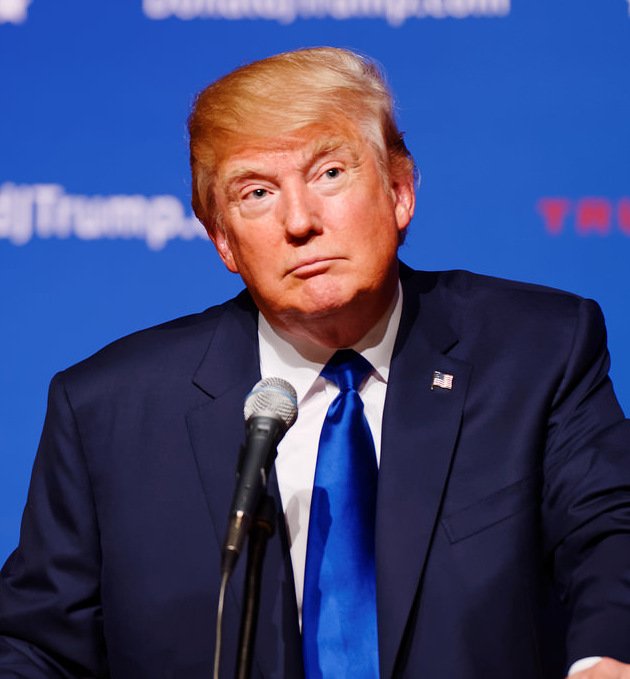President Donald Trump has threatened $100 billion more in China tariffs, in an escalation of a tense trade stand-off.
These would be in addition to the $50 billion worth of US tariffs already proposed on hundreds of Chinese imports.
The president’s proposal comes after China retaliated to that by threatening tariffs on 106 key US products.
The tit-for-tat moves have unsettled global markets in recent weeks.
According to analysts, a full blown trade war between the US and China would not be good for the global economy or markets – and that ongoing behind-the-scenes negotiations between the two giants were crucial.
However, market reaction in Asia trade on April 6 suggested investors were not too troubled by the latest twist, and that trade war fears were somewhat exaggerated.
In China, Hong Kong’s Hang Seng was in positive territory, up 1.3%. Japan’s benchmark Nikkei 225 was also trading higher in the afternoon session.
The US announced it would impose import taxes of 25% on steel and 10% on aluminum. The tariffs would be wide ranging and would include China.
China responded this month with retaliatory tariffs worth $3 billion of its own against the US on a range of goods, including pork and wine. The Chinese government said the move was intended to safeguard its interests and balance losses caused by the new tariffs.

China Imposes New Tariffs of Up to 25% on 128 US Imports
White House to Announce Sanctions against China over Theft and Transfer of Intellectual Property
Meanwhile, there had been rumblings the US was preparing to slap between $50 billion and $60 billion worth of tariffs on Chinese-made goods in response to unfair Chinese intellectual property practices, such as those that pressure US companies to share technology with Chinese firms.
The draft details of those import taxes were released last week when the US set out about 1,300 Chinese products it intended to hit with tariffs set at 25% worth some $50 billion.
China responded swiftly by proposing retaliatory tariffs, also worth some $50 billion, on 106 key US products, including soybeans, aircraft parts and orange juice. This set of tariffs was narrowly aimed at politically important sectors in the US, such as agriculture.
On April 5, President Trump’s branded that retaliation by Beijing as “unfair”.
In a statement, he said: “Rather than remedy its misconduct, China has chosen to harm our farmers and manufacturers.
“In light of China’s unfair retaliation, I have instructed the USTR (United States Trade Representative) to consider whether $100 billion of additional tariffs would be appropriate… and, if so, to identify the products upon which to impose such tariffs.”
The president said he had also instructed agricultural officials to implement a plan to protect US farmers and agricultural interests.
China has initiated a complaint with the World Trade Organization (WTO) over the US tariffs, in what analysts say is a sign that this will be a protracted process.
The WTO circulated the request for consultation to members on April 5, launching a discussion period before the complaint heads to formal dispute settlement process.
Meanwhile, under US law, the proposed set of tariffs against about 1,300 Chinese products must now go under review, including a public notice and comment process, and a hearing.
The hearing is scheduled at the moment for May 15, with post-hearing filings due a week later.
https://www.youtube.com/watch?v=DgY12RYC9nM
